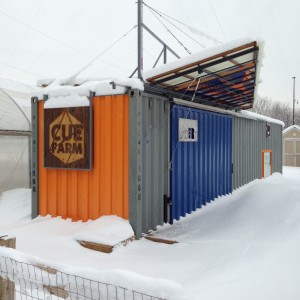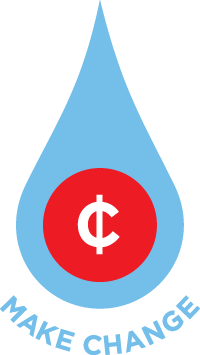by Tim Dorsey
 After a long harsh winter and an unpredictable spring, the heart of the growing season is certainly upon us at the CUE Farm. A few early, cold-hardy crops have come and gone, but mostly we’re in that sweet spot of having many of the spring crops available and the summer crops on their way. Our CSA and Thursday afternoon farm stand begin this week (June 5), and I know many other area farms have just begun or will soon. The wait is over!
After a long harsh winter and an unpredictable spring, the heart of the growing season is certainly upon us at the CUE Farm. A few early, cold-hardy crops have come and gone, but mostly we’re in that sweet spot of having many of the spring crops available and the summer crops on their way. Our CSA and Thursday afternoon farm stand begin this week (June 5), and I know many other area farms have just begun or will soon. The wait is over!
Over the last few years we’ve been finding ways to utilize more and more of our available space at the farm. For us that includes new infrastructure and new crops.
Last year, we had completed a shade structure built from reclaimed and recycled materials, including a fabric roof repurposed from the RCA Dome and re-milled barnwood roofing members. Just before winter, a team of architecture students from Ball State University completed their design and implementation of a repurposed shipping container, transforming it on site into a classroom and resource center space, complete with furniture, a creative shade canopy, a rain-catchment system and a solar-powered fan to exhaust warm air from inside.
On the biological side, we’ve also planted some new perennial fruiting shrubs this spring with hopes of reaping their bounty in the years to come. Some folks will be familiar with Gooseberries. Many may not be so familiar with Seaberries, aka Sea Buckthorn. Both of these shrubs are a bit thorny but known for delicious fruit. Sea Buckthorn has recently been finding its way into North America from countries such as Russia, Germany and Norway as folks are becoming acquainted with its highly nutritious orange berries. Just as important, the plant is a legume and a soil-builder capable of fixing nitrogen from the atmosphere (through a symbiotic relationship with certain soil bacteria) for its own use as well as other plants nearby. It’s also extremely cold-hardy, down to -40 or -50 degrees F, and without many pest problems. If we can figure out a way to efficiently harvest while negotiating the thorns, it should be one of the more nutritious hedges in town.
Tim Dorsey is the CUE Farm manager.


